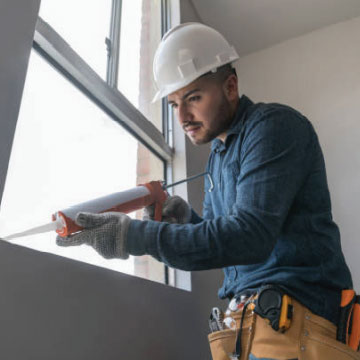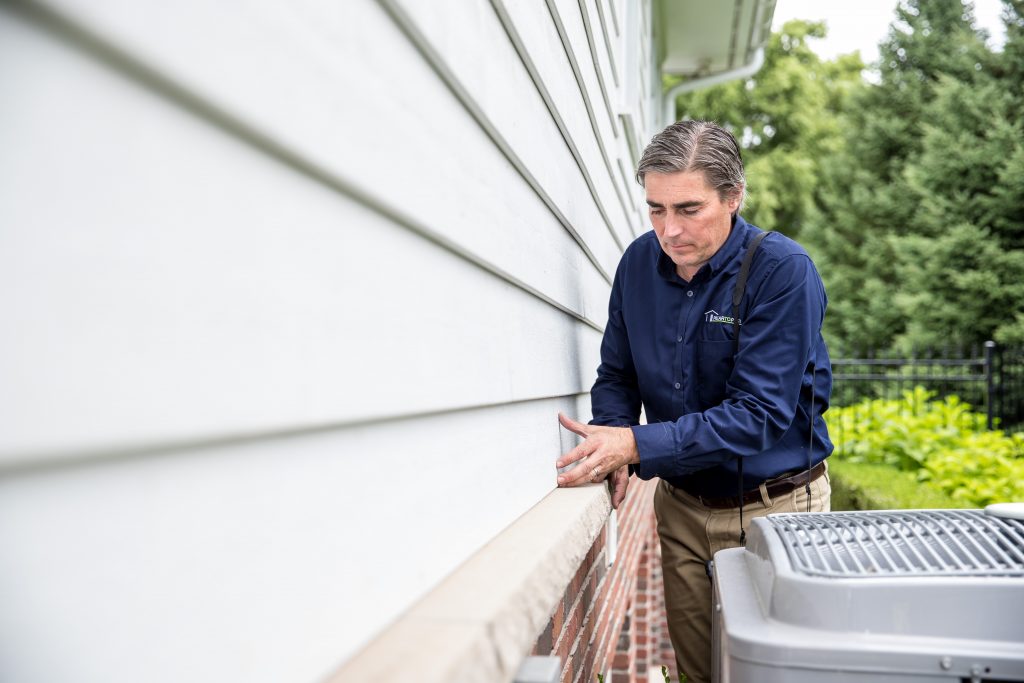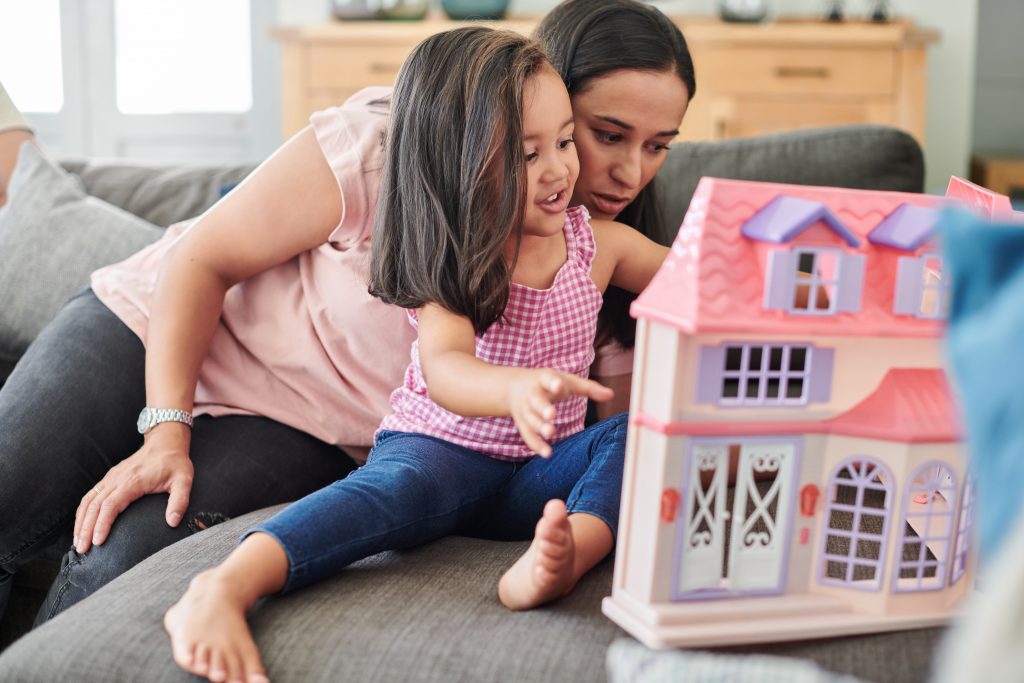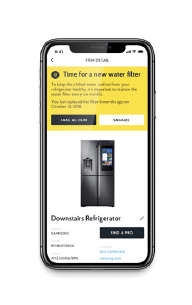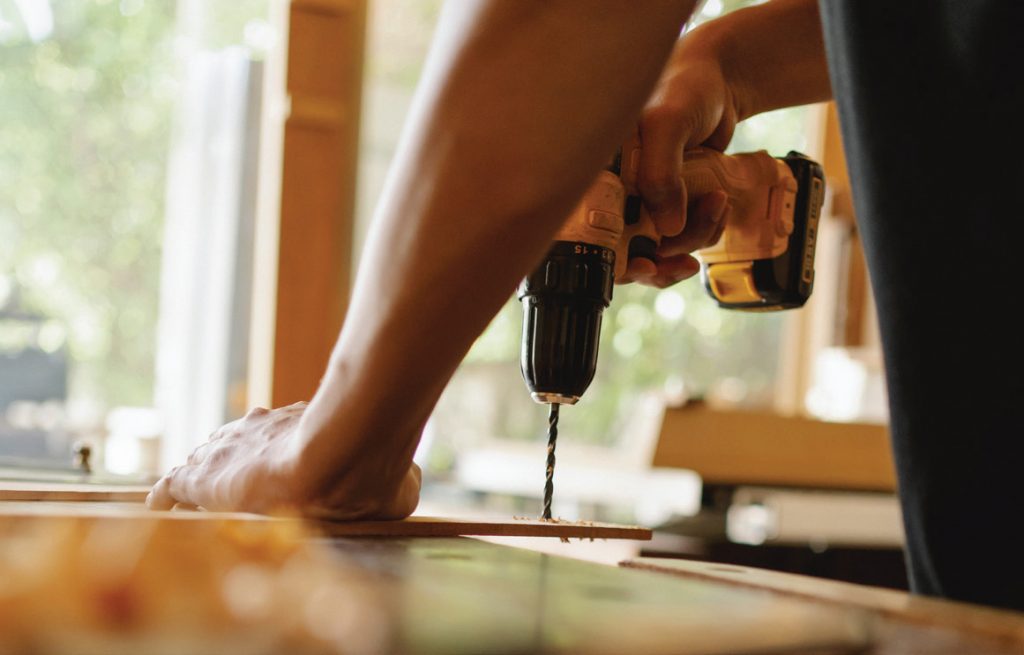

SEASONAL SENSE
Your Summer Checklist
Spread these tasks over a few weeks and you’ll be set for a worry-free,
comfortable summer.
- Change the rotation of ceiling fans to the summer setting (usually counterclockwise) and give the unit a good dusting.
- Close the chimney damper to prevent insects from entering and to help keep cool air in.
- Switch out heavy bedding for lightweight summer fabrics. Have the winter bedding cleaned before storing it away for the season
- Repot houseplants to give their roots a fresh start for the summer.
- Power wash decks and patios and seal surfaces as appropriate.
- If paint is peeling, cracking, or chipped, repair and repaint now to limit damage to the underlying materials.
- Remove window screens and clean them with a soft brush and soapy water. Rinse well and allow them to dry in the sun before reinstalling.
- Have the air conditioning unit serviced to ensure peak operation. Promote good air flow by keeping plants around the outside unit trimmed back.
- Clear dirt and debris from gutters and eaves.
- Seal driveway cracks and keep walkways clear of debris and overgrown plants.
INSPECTION INSIGHTS
After Closing Inspections For Peace Of Mind
If you had to waive your home inspection to get your offer accepted, you are not alone. But that doesn’t mean it’s too late to benefit from a home inspection.
- Safety: Detect safety or health hazards
- Planning: Identify needed repairs/upgrades so you can budget for them
- Documentation: Recorded condition of the home could be important for home warranty claims or something not disclosed by the seller
- Learning: It’s the perfect opportunity to learn about the operation and features of the home
- And much more: Get a floor plan, a 360° visual inspection summary, recall notifications and more

There’s no better way to get to know your new home than a thorough, professional home inspection. Schedule an inspection today!
The Ultimate Home InspectionSM
Pillar To Post Home Inspection Packages include even more exclusive and innovative features than ever. These new services deliver speed, ease and convenience, getting you to closings faster, saving you time, and delighting your clients.


Standard with every Home Inspection:
PTP360*
Interactive 360° Visual Inspection Summary
- Brings the inspection report to life
- Includes every room and the exterior
- Accessible any time
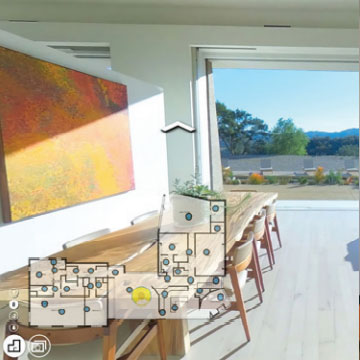
PTPEstimates*
Powered by PunchList
Cost estimate for Inspection Summary items
- Learn what recommended repairs will cost
- Estimate based on local costs
- Request an estimate with just a click

Also included with Premium and Prestige Packages:
PTPFloor Plan
An accurate floor plan of the entire home
- Use to determine furniture fit and placement
- Share dimensions with contractors for estimating

PTPHomeManual
Powered by Centriq
The digital owner's manual for the home
- Download user manuals/warranty information
- Find safety recalls on appliances
- Indicated age and useful remaining life of systems


*Where available. Not all services are offered by every office. Each office is independently owned and operated.
SMART LIVING
Vacation Planning For Your Home
Ready to hit the road? While you may already monitor a security setup remotely, here’s some more good advice to give you added peace of mind about your home while you’re away.
- Make your home appear occupied. Schedule lights throughout the house to turn off and on at various times after dark using simple plug-in timers or a smartphone/smart speaker-controlled app.
- Use extra caution when referencing your vacation on social media. Information spreads quickly, and you don’t want it to get into the wrong hands. Consider refraining from posting photos and updates until you’re back home
- Tell your close friends and trusted neighbors of your travel plans. Let them know when you’re expecting to return and how you can be reached if there’s an emergency.
- Have the post office hold your mail and suspend any newspaper and package deliveries, or ask a neighbor to collect them for you.
- Ask a neighbor to park in your driveway on occasion so it looks like there’s someone at home.
- Arrange to have someone mow the lawn in your absence if you’ll be gone for more than a week or so.
- Close the window coverings on the first floor so would-be thieves aren’t tempted by valuables and other items visible from outside.
- If possible, load your vacation gear into the car while it’s in the garage so you’re not announcing to passersby that you’re on your way out of town.
- Lock the garage, gates and sheds. Don’t forget to lock any side doors and doors leading into the house from the garage.
Now relax and enjoy your time away!



 icon and select "Add to Home Screen".
icon and select "Add to Home Screen".


